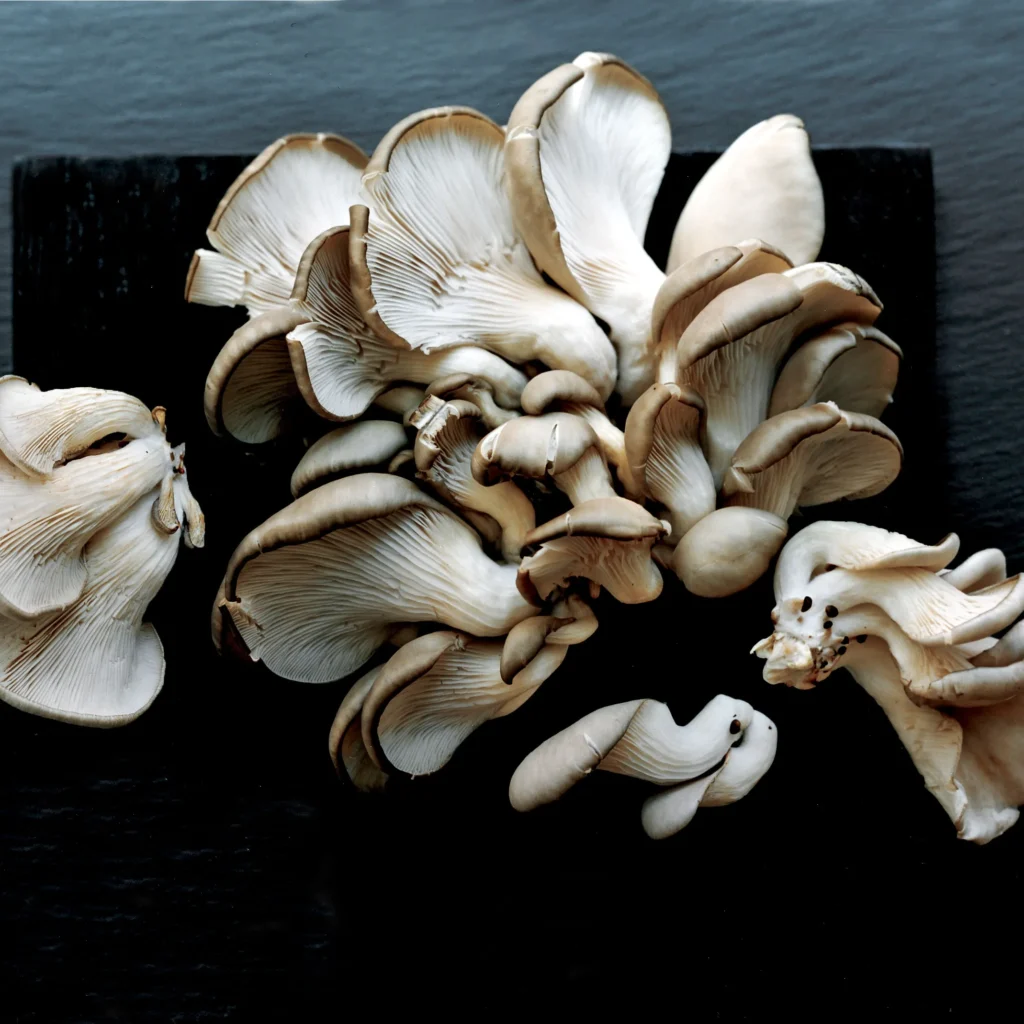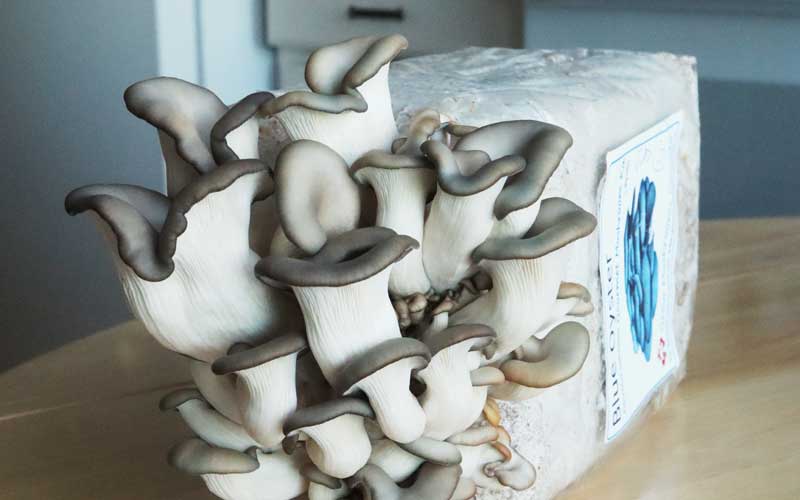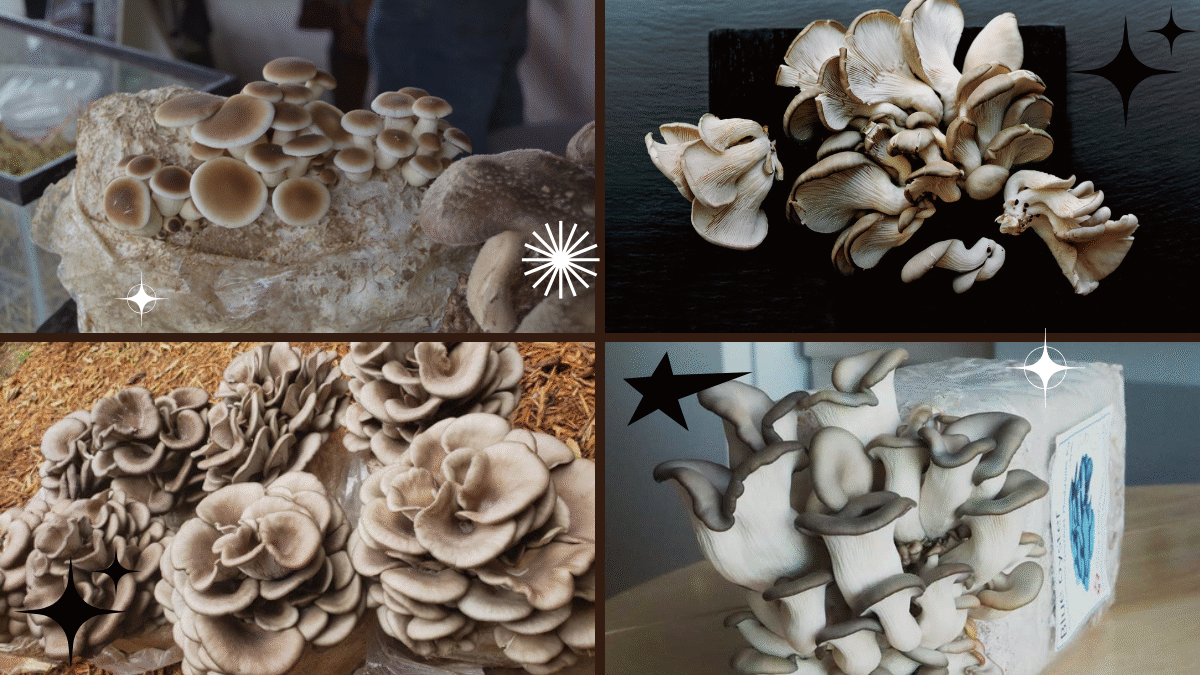If you’ve ever marveled at the rich, earthy flavor of fresh mushrooms in your meals and thought about growing your own, you’re not alone. More and more home gardeners and food lovers are discovering the joy of cultivating mushrooms at home. Unlike typical plants, mushrooms are fungi — and they grow differently, in dark, damp, and nutrient-rich environments. The good news? With a few simple tools and a little patience, growing mushrooms at home is easier than you might think.
In this guide, we’ll walk you through how to plant mushrooms at home easily, covering everything from choosing your mushroom variety to harvesting your first batch.

Why Grow Mushrooms at Home?
Before diving into the how-to, let’s take a look at why growing mushrooms at home is such a rewarding activity:
- Freshness and flavor: Homegrown mushrooms have richer flavor and texture than store-bought varieties.
- Health benefits: Mushrooms are packed with vitamins, antioxidants, and immune-boosting properties.
- Space-saving: They don’t require a garden — you can grow them indoors in a basement, kitchen, or closet.
- Eco-friendly: Growing your own mushrooms reduces your carbon footprint and food waste.

Best Mushroom Varieties for Home Growing
Start with beginner-friendly varieties that thrive in controlled environments:
White Button Mushrooms (Agaricus bisporus)
- Mild flavor
- Ideal for beginners
- Grows well in composted manure
Oyster Mushrooms (Pleurotus ostreatus)
- Fast-growing and low-maintenance
- Can be grown on straw, coffee grounds, or sawdust
Shiitake Mushrooms (Lentinula edodes)
- Rich, earthy flavor
- Best grown on hardwood logs or sawdust blocks

What You’ll Need to Grow Mushrooms at Home
Supplies:
- Mushroom spores or spawn (available from garden centers or online)
- Growing medium (straw, compost, sawdust, or coffee grounds, depending on variety)
- Containers (trays, buckets, or grow bags)
- Spray bottle or mister
- Thermometer (optional but helpful)
- Plastic sheeting or lids to maintain humidity

Best Growing Conditions for Mushrooms
Mushrooms prefer:
- Low light or darkness
- High humidity (80–95%)
- Cool to moderate temperatures (55°F–70°F / 13°C–21°C depending on species)
- Fresh, moist growing medium
A basement, dark closet, or shaded room corner works well for indoor mushroom growing.
Step-by-Step Guide to Plant Mushrooms at Home
Let’s get practical — here’s exactly how to do it:
Step 1: Choose Your Mushroom and Growing Medium
Decide which mushroom type suits your taste and growing setup:
- White button mushrooms: Composted manure
- Oyster mushrooms: Straw, coffee grounds, or sawdust
- Shiitake mushrooms: Hardwood logs or sawdust blocks
Purchase spores or spawn matched to your chosen variety.
Step 2: Prepare the Growing Medium
For straw or sawdust:
- Cut straw into small pieces.
- Soak it in hot water (160°F / 71°C) for 1 hour to sterilize.
- Drain and cool to room temperature.
For composted manure:
- Moisten the compost until it feels like a damp sponge.
For logs:
- Drill holes and soak the log in water for 24 hours.
Step 3: Inoculate the Medium with Mushroom Spawn
Mix the mushroom spawn into your prepared growing medium.
- For containers: Spread a 2–3 inch (5–8 cm) layer of medium, sprinkle spawn evenly, and cover with more medium.
- For logs: Insert spawn plugs into drilled holes and seal with wax.
Step 4: Create a Humid, Dark Environment
Cover containers loosely with plastic sheeting or lids to maintain humidity and darkness.
- Mist the surface regularly to keep it damp but not waterlogged.
- Maintain the ideal temperature based on your mushroom variety.
Step 5: Incubation Period
Allow the spawn to colonize the medium:
- White button mushrooms: 2–3 weeks
- Oyster mushrooms: 10–14 days
- Shiitake mushrooms: 6–12 months on logs
During this time, keep the area dark and humid. You’ll notice white, thread-like growth called mycelium spreading through the medium.
Step 6: Trigger Fruiting (Mushroom Growth)
Once the medium is fully colonized:
- Expose it to indirect light for a few hours daily.
- Lower the temperature slightly.
- Increase fresh air circulation.
- Keep misting the surface to maintain humidity.
Small mushroom pins will appear within days to weeks.
Step 7: Harvest Your Mushrooms
When mushrooms reach mature size:
- Gently twist and pull them from the medium.
- Avoid cutting, as this may leave stubs that could rot.
Timing varies:
- Oyster mushrooms: Ready in 5–7 days after pinning
- White button mushrooms: 7–10 days
- Shiitake mushrooms: A few weeks to months
How to Care for Growing Mushrooms
- Mist regularly: Keep medium consistently damp but not soggy.
- Control temperature: Maintain the optimal range for your species.
- Limit light exposure: Most mushrooms prefer darkness for colonization and dim light for fruiting.
- Watch for mold: Remove any green or black moldy patches promptly.
Common Mushroom Growing Problems and Solutions
| Problem | Cause | Solution |
|---|---|---|
| Medium too dry | Insufficient misting | Mist daily, cover with plastic sheet |
| Mold growth | Excessive moisture, poor airflow | Remove affected areas, improve air flow |
| No mushroom growth | Wrong temperature or spawn died | Check environment, replace if needed |
| Mushrooms too small | Low humidity or nutrients | Increase misting, refresh medium |
Benefits of Growing Mushrooms at Home
- Fresh, organic produce without chemicals
- Sustainable recycling of kitchen scraps (like coffee grounds)
- Saves money compared to grocery store prices
- Year-round harvest in controlled conditions
- Fun, educational hobby for families and kids
Frequently Asked Questions
Q: Can I grow mushrooms in my kitchen?
Yes — as long as you can maintain high humidity and avoid direct sunlight, a kitchen corner works well.
Q: How long does it take to grow mushrooms?
From inoculation to harvest, it takes about 3–4 weeks for oyster or button mushrooms and several months for shiitake.
Q: Are homegrown mushrooms safe to eat?
Absolutely — as long as you’re using spores from reliable suppliers and following clean growing practices.
Q: Can mushrooms grow in sunlight?
No — mushrooms thrive in low light or dark, humid environments.
Q: How many times can I harvest from one batch?
Most growing mediums produce 2–3 flushes (harvest cycles) before needing replacement.
Final Thoughts
Growing mushrooms at home is surprisingly easy, fun, and highly rewarding. Whether you’re a seasoned gardener or a curious beginner, mushrooms offer a unique way to produce fresh, healthy food in small spaces, all year round.
By selecting beginner-friendly varieties like oyster or white button mushrooms and following simple steps for moisture, temperature, and cleanliness, you’ll soon be enjoying your own homegrown fungi. It’s a fantastic hobby that nourishes both your kitchen and your connection to nature.





Leave A Comment